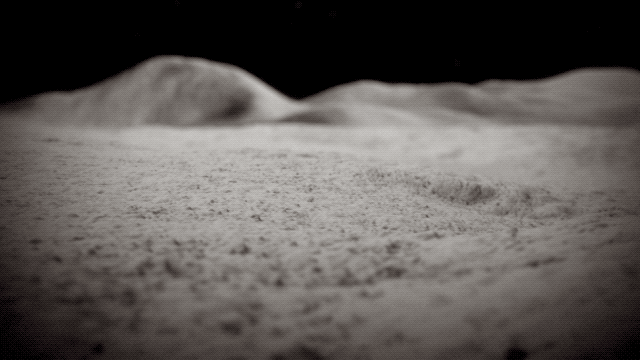Since the discovery of water on the moon's south pole about a decade ago, scientists have wondered about the water cycle on the rocky structure's coldest region. New research provides clues as to how the water may have escaped its icy grave and splattered across the lunar surface.
NASA scientists suggest that elements from the space environment such as meteorites and solar wind that impact the lunar surface may free water molecules trapped in the lunar soil and cause them to bounce off somewhere else, according to a statement by NASA. That could potentially make it easier to reach by future astronauts, researchers said, since explorers wouldn't necessarily have to venture into the permanently dark craters at the moon's poles known to host water ice.

Water on the Moon May Be Easier to Reach Thanks to Meteorite Strikes, Solar Wind
This could mean good news for future moon missions.
